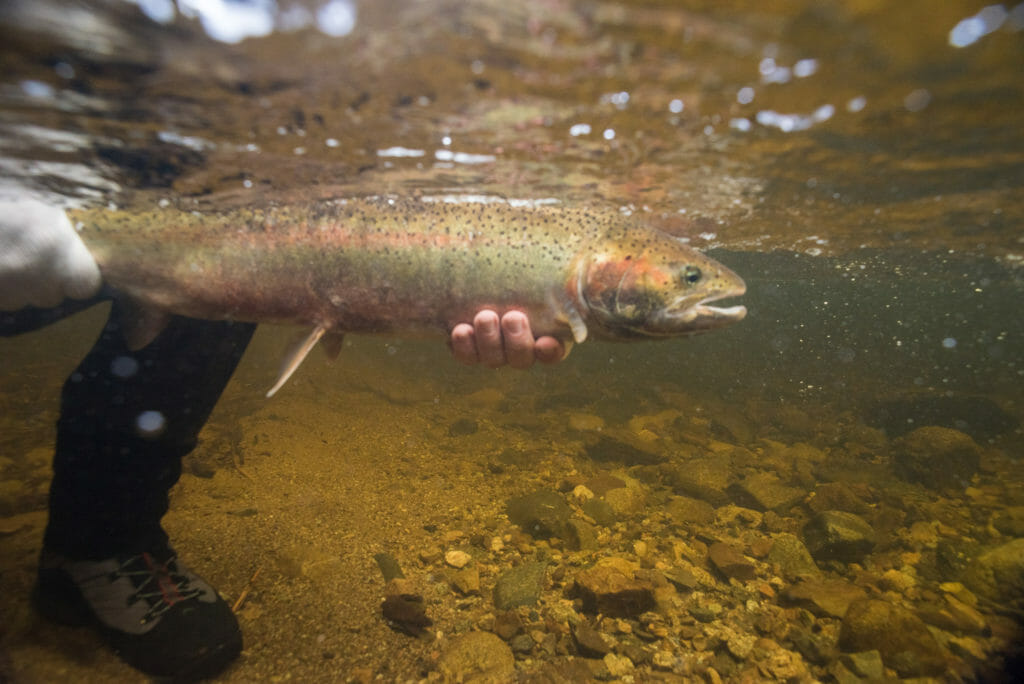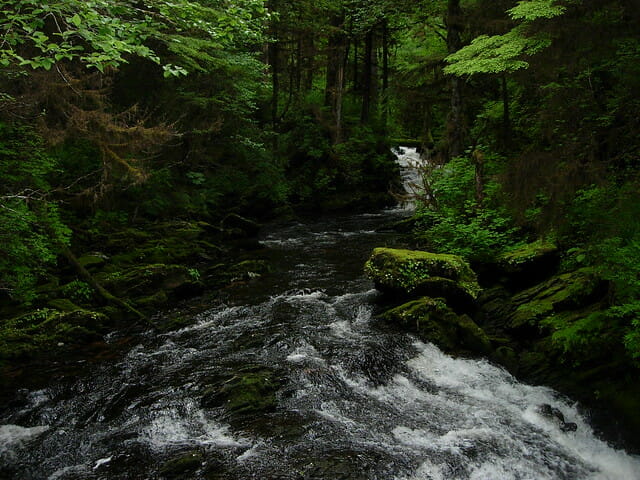Photo by Mark Brennan
By Mark Kaelke
The Intergovernmental Panel on Climate Change (IPCC), the world body for assessing the state of scientific knowledge related to climate change, released a report last week that should be on everyone’s radar.
The report, which is a summary for policy makers, focuses on the critical importance of land in the climate change equation. It highlights the fact that 28 percent of greenhouse gas emissions, which contribute to climate change, come directly from agriculture, logging and other types of land uses. Meanwhile, natural processes taking place on the land absorb almost a third of the carbon dioxide emissions produced by the fossil fuels and industry. In plain speak, that means one of the key tactics in fighting climate change is simply letting natural processes move forward. Or in essence, just having the foresight not to mess our wild places up.
I’m far from a scientist, but several folks who are got together in 2006 and published a study finding the Tongass National Forest in Southeast Alaska was responsible for storing massive amounts of climate-change causing gasses, just by letting the trees stand there. If you want the numbers, it’s 8 percent of the total carbon stock in the forests of the contiguous USA and 0.25 percent of the carbon in global forest vegetation and soils worldwide.

Now let’s think about those climate findings and what policy-makers are trying to do right now with natural processes on the Tongass.
The Forest Service has two massive timber sales in the final stages of Environmental Impact Assessment which in sum, could mean vast areas of clear-cut harvest on Prince of Wales Island and in areas near Wrangell, Petersburg and Kake—all places that have been hammered hard by logging already. At the same time, the state of Alaska and the Trump Administration are continuing their push to fully exempt 9.3 million acres of the Tongass from the Roadless Rule.
Building roads and cutting down the same forest that stores all that carbon, produces almost 30 percent of Alaska’s overall salmon catch, and now draws over 1.3 million visitors each year is complete lunacy. Even the former timber-focused Sealaska Corporation seems to get that, having enrolled 165,000 acres of their land (amounting to 45 percent of the total acreage they control) in a carbon sequestration bank in California.
Bringing sanity back into the equation is up to all of us. The Draft Environmental Impact Statement comment process for the Roadless Rule should begin any day now. Go to www.americansalmonforest.org for information on how to make your voice heard.
Remember this is your land and your climate, and we have a responsibility not to let it get messed up on our watch.
Mark Kaelke is the Southeast Alaska program director. He lives and works in Juneau.



